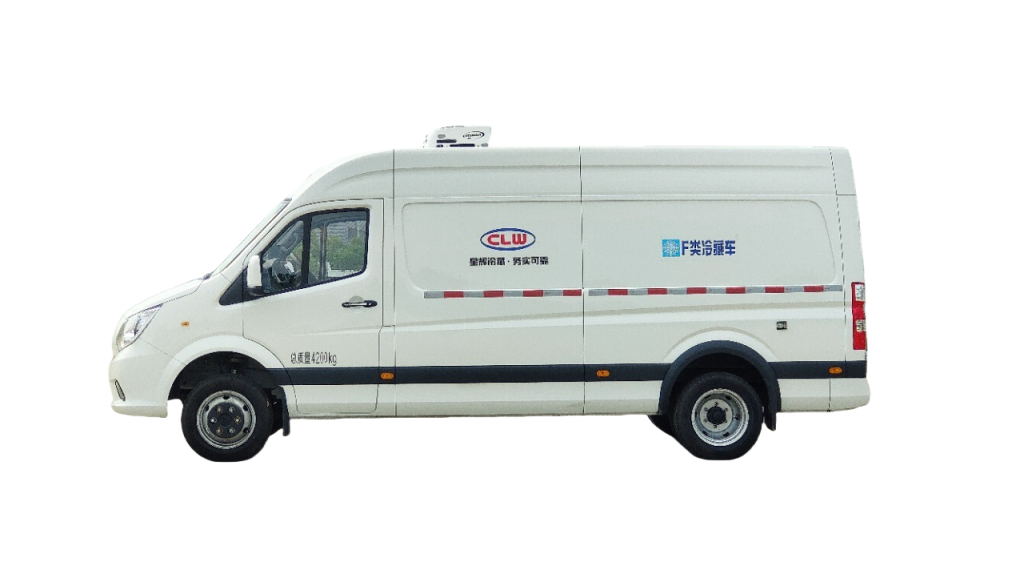Understanding the Impact of Noise Levels from Truck-Mounted Cranes

Introduction
Truck-mounted cranes play a crucial role in various industries, including construction, logistics, and maintenance. These powerful machines are used to lift and move heavy loads with precision and efficiency. However, one of the challenges associated with the operation of truck-mounted cranes is the noise they generate. The noise levels produced by these cranes can have significant implications for both operators and the surrounding environment. In this article, we will explore the factors influencing noise levels from truck-mounted cranes, the potential impacts of high noise levels, and strategies to mitigate noise pollution.
Factors Influencing Noise Levels
There are several factors that contribute to the noise levels generated by truck-mounted cranes. These factors can be broadly categorized into two main groups: mechanical factors and operational factors.
Mechanical Factors:
1. Engine Noise: The engine of the truck-mounted crane is a primary source of noise. The combustion process in the engine produces sound waves that can be amplified by the design of the engine and surrounding components.
2. Hydraulic System: The hydraulic system of the crane, which is responsible for lifting and lowering the load, can also contribute to noise levels. The movement of hydraulic fluids through pipes and valves can generate noise, especially under high pressure conditions.
3. Boom and Hook Movements: The operation of the crane's boom and hook mechanisms can produce noise as they move and interact with the load. The creaking and grinding sounds from these moving parts can add to the overall noise levels.
Operational Factors:
1. Load Handling: The type and weight of the load being lifted by the crane can influence the noise levels. Heavier loads may require more power from the engine and hydraulic system, leading to increased noise output.
2. Operating Reliable box trucks for long-distance hauling : The speed at which the crane operates can also impact noise levels. Rapid movements of the boom and hook can generate more noise compared to slower, more controlled movements.
3. Surrounding Environment: The location where the crane is operating plays a significant role in noise levels. Urban areas with high ambient noise levels may mask the sound of the crane, while quieter rural areas may amplify the noise.
Potential Impacts of High Noise Levels
High noise levels from truck-mounted cranes can have several negative impacts on both operators and the environment:
1. Health Effects: Prolonged exposure to high levels of noise can have adverse effects on the health of crane operators and other workers in the vicinity. Hearing loss, stress, fatigue, and other health issues can result from constant exposure to loud noise.
2. Communication Challenges: Excessive noise can hinder communication between crane operators and other workers on the job site. Important instructions, warnings, and signals may be missed or misunderstood, leading to safety risks.
3. Environmental Disturbance: Noise pollution from truck-mounted cranes can disrupt the peace and tranquility of residential areas, wildlife habitats, and other sensitive environments. Excessive noise can also affect the well-being of nearby residents and wildlife.
4. Regulatory Compliance: Many countries have regulations in place to limit noise levels in industrial settings, including those where truck-mounted cranes are used. Failure to comply with these regulations can result in fines, penalties, and legal action.
Strategies to Mitigate Noise Pollution
To address the challenges posed by high noise levels from truck-mounted cranes, several strategies can be implemented:
1. Regular Maintenance: Proper maintenance of the crane's engine, hydraulic system, and moving parts can help reduce noise levels. Lubrication, tightening of loose components, and replacement of worn-out parts can improve the overall performance of the crane and minimize noise generation.
2. Noise-Reducing Technologies: Advancements in noise-reducing technologies, such as soundproofing materials, vibration dampeners, and mufflers, can be incorporated into the design of truck-mounted cranes to mitigate noise pollution.
3. Operator Training: Providing comprehensive training to crane operators on proper operating techniques, load handling procedures, and noise management can help minimize noise levels during crane operations.
4. Time Restrictions: Implementing time restrictions on crane operations in noise-sensitive areas, such as residential neighborhoods or wildlife habitats, can help minimize disturbances to the surrounding environment.
5. Noise Barriers: Installing physical barriers, such as sound walls or enclosures, around the crane can help contain and reduce noise levels. These barriers can deflect and absorb sound waves, reducing the impact of noise on nearby residents and wildlife.

Conclusion
Truck-mounted cranes are essential tools in various industries, but their operation can lead to high noise levels that pose challenges for operators and the environment. Understanding the factors influencing noise levels, recognizing the potential impacts of excessive noise, and implementing strategies to mitigate noise pollution are crucial steps in promoting a safer and more sustainable work environment. By adopting sound practices and technologies, we can minimize the negative effects of noise from truck-mounted cranes and create a more harmonious relationship between man and machine.
